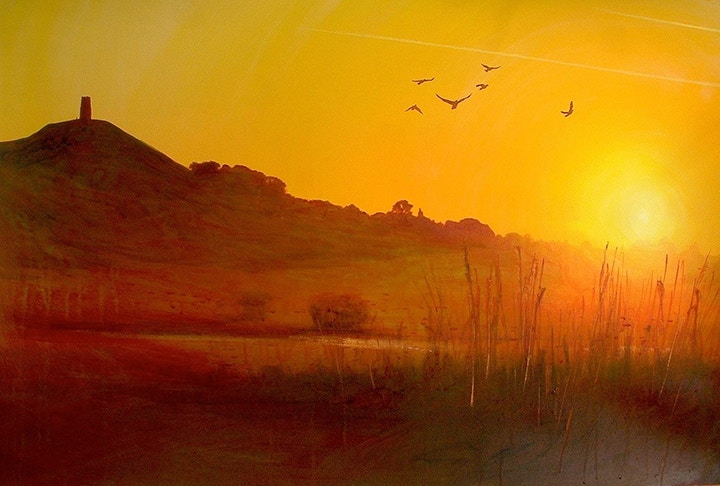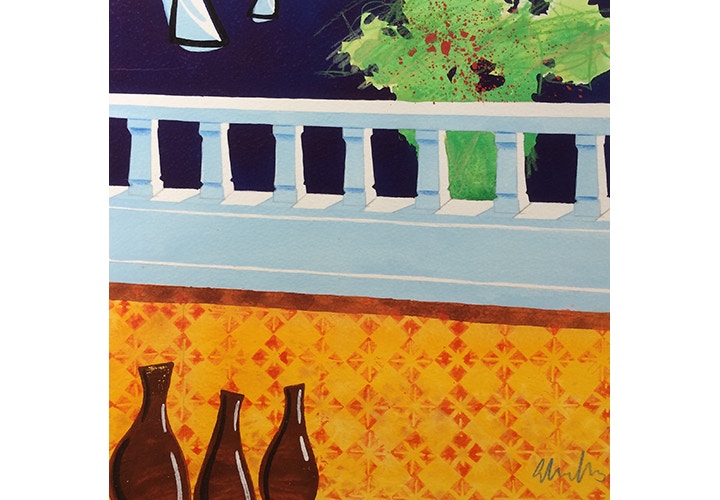Watercolour and Gouache: What's the difference with Glyn Macey
Posted by Cass Art on 9th Apr 2021
Artist Glyn Macey talks us through the differences between watercolour and gouache, learn the differences below and see some examples of what these wonderful materials can do.
Watch our video with Glyn today!
Read on about these materials
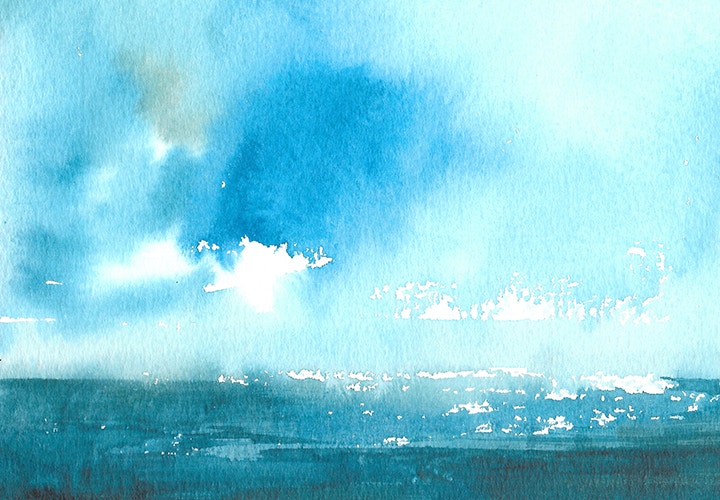
The make up of both Winsor & Newton Professional Watercolour and Designers Gouache is actually very similar with the pigments being bound with a water-soluble binder, usually Gum Arabic.
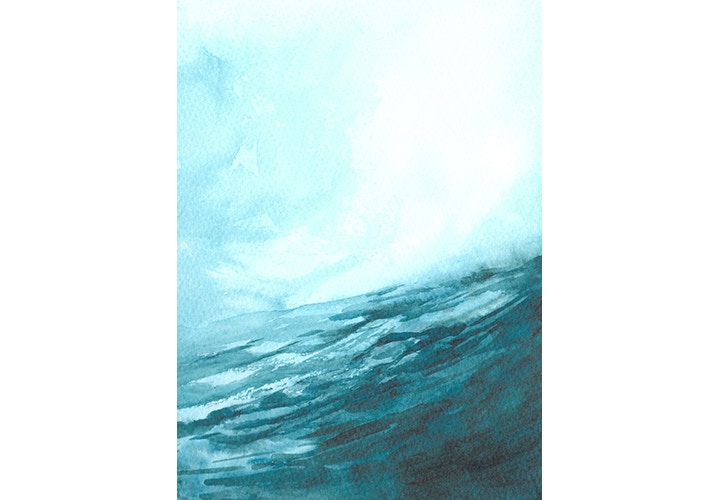
The luminosity found in watercolour comes from its translucency. That is to say that when watercolour is laid down on white paper, light shines right through the film of watercolour onto the white paper and bounces back to the viewers eye creating the unsurpassed glow of a true watercolour.
Gouache on the other hand is watercolour paint with the addition of a white pigment ground. Therefore the white ground found in gouache makes the paint much more opaque. In turn this means that on the downside it is much more difficult to achieve the luminosity of watercolour when using gouache but on the upside, using opaque gouache allows us to work light over dark which is impossible to do with translucent watercolour.
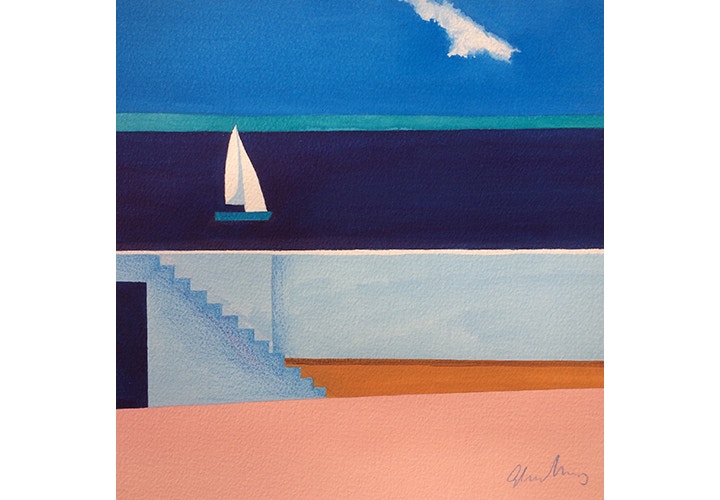
With both mediums being made with water-soluble binders, this allows watercolour and gouache artworks to be re-adjusted or altered after the paint is dry as neither medium is truly permanent.
In a nutshell, a pure watercolour can produce the most luminous and spontaneous artworks of all mediums while gouache is the perfect medium for making matt flat tones, blocks of colour and for working light over dark.
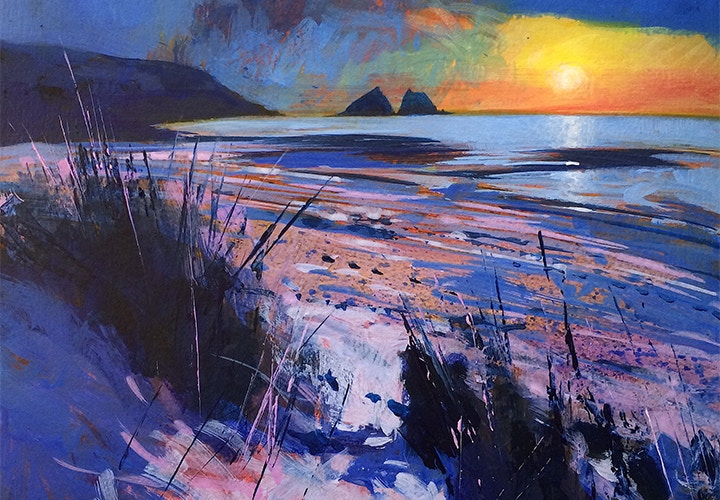
Used together, Winsor & Newton Professional Watercolour and Designers Gouache is a match made in heaven.
Feeling Inspired?
Shop online for everything you'll need. Don't forget to hashtag #cassart on social media to show us your creations.


